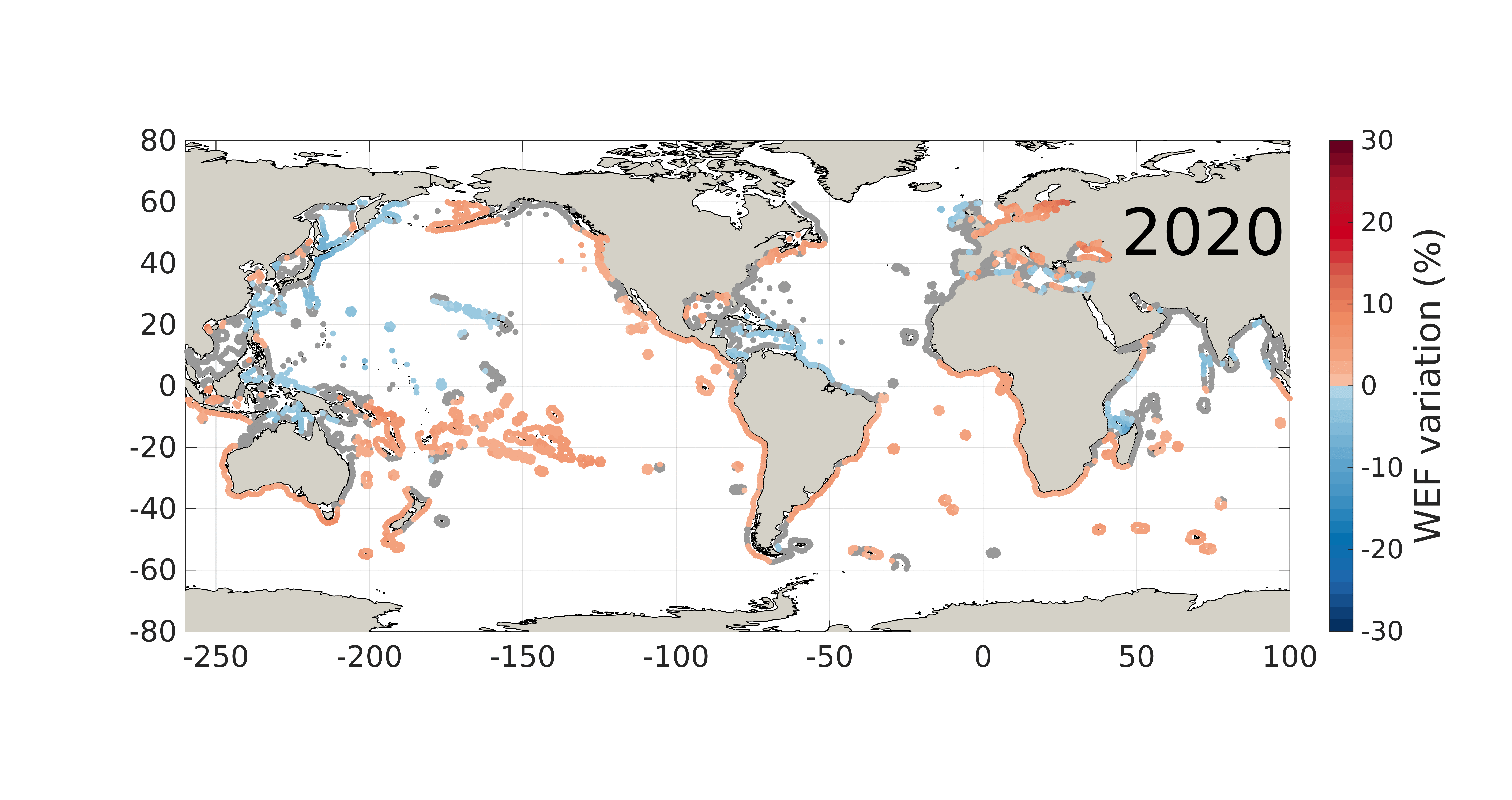Rising Sea Levels: A Catastrophe For Coastal Communities

Table of Contents
The Causes of Rising Sea Levels
Rising sea levels are a complex phenomenon driven by a combination of factors, primarily related to climate change. Understanding these causes is crucial to developing effective solutions.
Thermal Expansion
As global temperatures rise due to the greenhouse effect, the ocean absorbs a significant amount of this excess heat. This leads to thermal expansion, meaning the water molecules move further apart, increasing the overall volume of the ocean and contributing to sea level rise.
- Global warming is the primary driver of ocean warming and subsequent thermal expansion.
- The increase in greenhouse gases, such as carbon dioxide and methane, traps heat in the atmosphere, leading to a warmer planet and warmer oceans.
- Even a small increase in ocean temperature can cause significant expansion, contributing substantially to rising sea levels.
Melting Glaciers and Ice Sheets
The melting of glaciers and ice sheets, particularly in Greenland and Antarctica, is another major contributor to rising sea levels. These massive ice bodies contain enough frozen water to significantly raise global sea levels if they were to melt completely.
- The Greenland ice sheet is losing mass at an alarming rate, contributing significantly to sea level rise.
- Antarctic ice sheet melt, while currently slower, poses a potentially catastrophic threat due to its immense size.
- Studies show an accelerating rate of ice melt in both regions, driven by increasing air and ocean temperatures. Sea ice melt itself doesn't directly contribute to sea level rise (as it's already floating), but its loss can accelerate the melting of land-based ice.
Land Subsidence
Land subsidence, the gradual sinking of land, exacerbates the effects of rising sea levels. This phenomenon can be caused by several factors:
- Groundwater extraction: Over-extraction of groundwater can cause the land to compact and sink.
- Tectonic activity: Geological processes can lead to land subsidence in certain regions.
- Natural compaction of sediments: The natural settling of sediments can contribute to land subsidence over time. This adds to the relative sea level rise experienced in those areas.
The Impacts on Coastal Communities
The consequences of rising sea levels are far-reaching and devastating for coastal communities worldwide. The impacts are multifaceted, threatening lives, livelihoods, and entire ecosystems.
Increased Flooding
Coastal communities are experiencing an increased frequency and severity of flooding events. High tide flooding, exacerbated by sea level rise, is becoming more common, causing widespread disruption and damage.
- Storm surges, amplified by rising sea levels, lead to more intense and destructive flooding events.
- Coastal flooding damages infrastructure, disrupts transportation, and causes significant economic losses.
- Recent examples of devastating coastal floods highlight the urgency of addressing rising sea levels.
Coastal Erosion
Rising sea levels significantly accelerate coastal erosion, leading to the loss of beaches, wetlands, and other valuable coastal habitats.
- The loss of coastal land threatens infrastructure, including homes, businesses, and vital transportation routes.
- Coastal erosion disrupts ecosystems, impacting biodiversity and the services they provide.
- The economic consequences of shoreline retreat, including property damage and loss, are substantial.
Saltwater Intrusion
As sea levels rise, saltwater intrudes into freshwater aquifers, contaminating drinking water supplies and harming agriculture.
- Saltwater intrusion renders freshwater sources unusable for drinking and irrigation.
- This contamination impacts agriculture, reducing crop yields and affecting food security.
- The economic and social consequences of water scarcity are severe, particularly in already water-stressed regions.
Displacement and Migration
Rising sea levels are forcing people to leave their homes and communities, creating climate refugees and exacerbating social and economic inequalities.
- Coastal communities are particularly vulnerable to displacement due to flooding and erosion.
- The relocation of populations creates challenges for both the displaced communities and the regions that receive them.
- Addressing the issue of climate refugees requires international cooperation and comprehensive relocation strategies.
Mitigation and Adaptation Strategies
Addressing the challenge of rising sea levels requires a two-pronged approach: mitigating the causes and adapting to the inevitable changes.
Reducing Greenhouse Gas Emissions
The most effective way to address rising sea levels is to reduce greenhouse gas emissions, slowing the rate of climate change and limiting future sea level rise.
- International agreements like the Paris Agreement aim to reduce global emissions and limit warming.
- National policies and initiatives are crucial for implementing effective emission reduction strategies.
- Transitioning to renewable energy sources and improving energy efficiency are vital steps in reducing emissions.
Coastal Protection Measures
Protecting coastal communities from the effects of rising sea levels requires implementing various coastal protection measures:
- Seawalls and breakwaters can help reduce erosion and protect against flooding.
- Managed retreat, strategically relocating communities away from vulnerable areas, is a crucial adaptation strategy.
- Nature-based solutions, such as restoring coastal wetlands, can provide natural protection and enhance ecosystem resilience.
Improved Planning and Development
Sustainable urban planning and development are crucial for reducing vulnerability to sea level rise.
- Implementing stringent building codes and zoning regulations can reduce the risk of flood damage.
- Investing in early warning systems for coastal flooding can help communities prepare and respond effectively.
- Promoting sustainable land-use practices can help protect valuable coastal ecosystems.
Conclusion: Addressing the Catastrophe of Rising Sea Levels
Rising sea levels pose a severe threat to coastal communities worldwide, driven by thermal expansion, melting ice sheets, and land subsidence. The impacts are devastating, leading to increased flooding, coastal erosion, saltwater intrusion, and displacement. Addressing this global challenge requires urgent and concerted action. We must aggressively mitigate climate change by reducing greenhouse gas emissions and simultaneously adapt to rising sea levels through coastal protection measures and improved planning. The threat of rising sea levels demands immediate and concerted action. Learn more about the issue and get involved in efforts to protect our coastal communities from this devastating consequence of climate change. Support initiatives focused on reducing emissions and strengthening coastal resilience. The future of our coastal communities depends on it.

Featured Posts
-
 Judge Who Jailed Boris Becker To Chair Nottingham Attacks Inquiry
May 10, 2025
Judge Who Jailed Boris Becker To Chair Nottingham Attacks Inquiry
May 10, 2025 -
 Cities Turn To Sports Stadiums To Revitalize Downtowns
May 10, 2025
Cities Turn To Sports Stadiums To Revitalize Downtowns
May 10, 2025 -
 Oilers Vs Kings Game 1 Playoffs Prediction Picks And Betting Odds
May 10, 2025
Oilers Vs Kings Game 1 Playoffs Prediction Picks And Betting Odds
May 10, 2025 -
 Changes To Uk Visa Policy Implications For Nigerians And Pakistanis
May 10, 2025
Changes To Uk Visa Policy Implications For Nigerians And Pakistanis
May 10, 2025 -
 Wynne Evans Called Out By Joanna Page On Recent Bbc Appearance
May 10, 2025
Wynne Evans Called Out By Joanna Page On Recent Bbc Appearance
May 10, 2025
